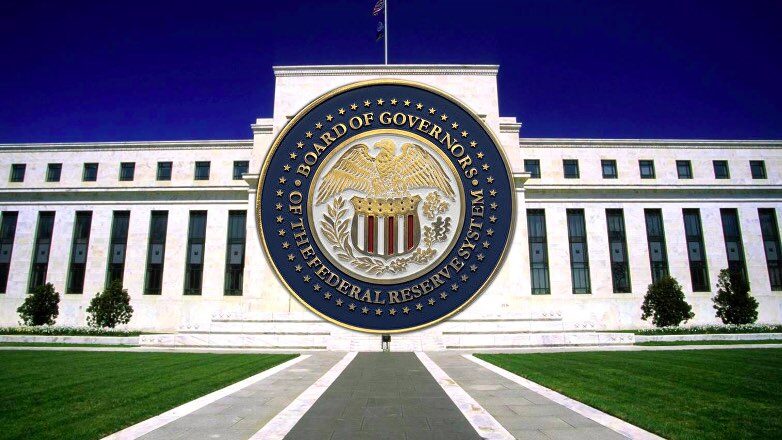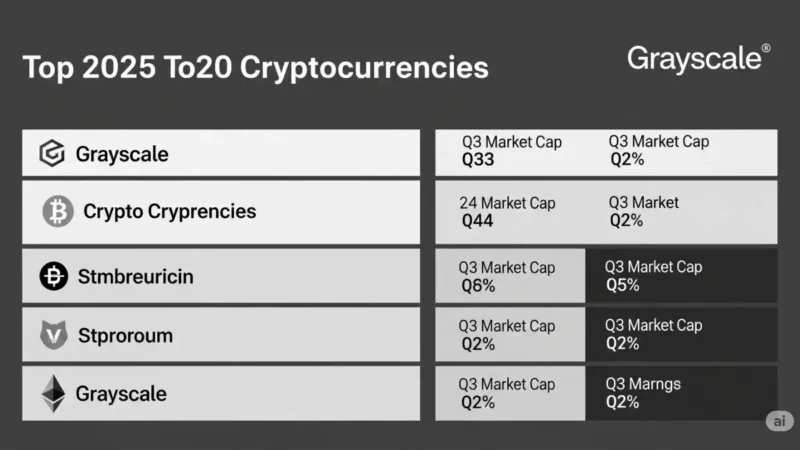US Fed plans to increase interest rates – this has an impact on the crypto market

The US Federal Reserve ( Fed ) is de facto leading the way for global financial markets, and its latest move could have a significant impact on the future of crypto asset markets. The central bank wants to slow its spending and raise interest rates. This is likely to drastically reduce the capital available in the stock market, and the same goes for the crypto market. Bitcoin’s decline is already nearing the $ 40,000 mark, while Ethereum and most of the other major altcoins have also seen nothing but red in the past two days.
The Fed meeting took place in December last year, but the minutes of the meeting were not released until January 5th. It became known that the central bank plans to reallocate over eight trillion dollars of bonds and mortgage-backed securities it holds. This process is slated to begin in 2022, possibly in the next few months. So it says in the protocol:
“Almost all participants agreed that it would probably be appropriate to initiate a balance sheet contraction sometime after the target rate range was first raised.”
Analysts expect this process to begin in March, with the Fed also raising interest rates. More worryingly, “once the process begins, the reasonable rate of balance reduction is likely to be faster than during the last phase of normalization”.
Why the Fed has the future of Bitcoin in its hands
As soon as the protocol was known, the markets reacted. The stock market was badly affected; the Dow Jones Industrial Average suffered its first decline in 2022. It was even worse for Nasdaq stocks, which posted their largest daily loss of 3.34% since February last year.
The courses of the crypto currencies reacted even more sensitively. Among the risky assets, bonds are considered to be the least risky, followed by stocks, which are higher risk, followed by cryptocurrencies, which are considered to be high-risk assets. Hardly surprising, then, that when times become uncertain, investors opt out of high-risk investments in favor of apparently risk-free investments.
Bitcoin was trading at over $ 46,700 when the Fed published the protocol. Immediately thereafter, Bitcoin fell to $ 42,700 – a loss of $ 4,000 in a matter of hours. The downward trend continued and at the time of going to press the price was $ 41,540, down 3.9%.

This trend is likely to continue, at least in the short term, before Bitcoin decouples from general financial markets. According to Jay Hatfield, CEO of Infrastructure Capital Management, this move by the US Federal Reserve could become the main risk in 2022:
“If the Fed starts to shrink its balance sheet, it will have catastrophic results.”
In his opinion , investors don’t want to be in the stock or crypto market when the Fed is pulling out liquidity:
“It’s like investing in Coca-Cola when Warren Buffett is selling all the Coke deals.”
What Bitcoin can save – and that could even be an advantage in the long run – is the fact that the Fed’s direct influence on the crypto market is smaller than in any other market, such as bonds and stocks. Even if the Fed liquidates its positions, it cannot directly withdraw liquidity from the cryptocurrency market.
On the other hand, many institutional investors have only just become major players in the Bitcoin ecosystem. If the macroeconomic shocks that come with the increased interest rates hit them hard, they might want to sell their Bitcoin and other digital assets again, which means their prices will plummet.



